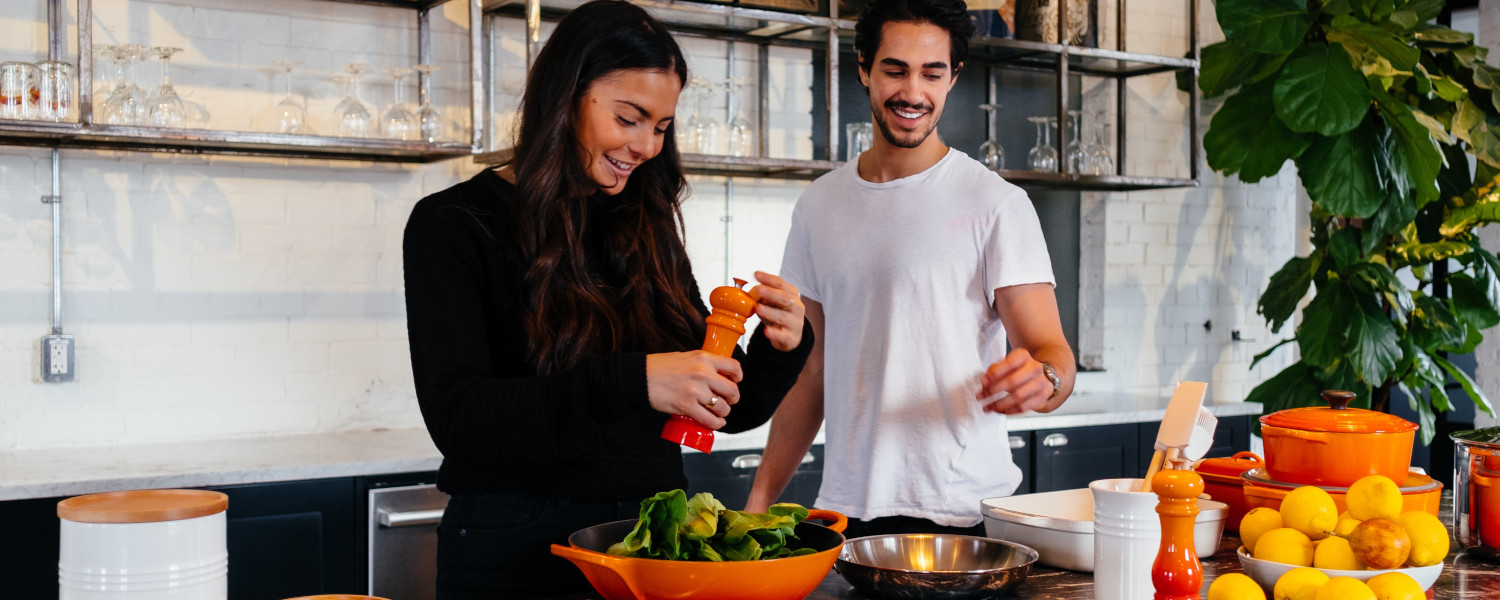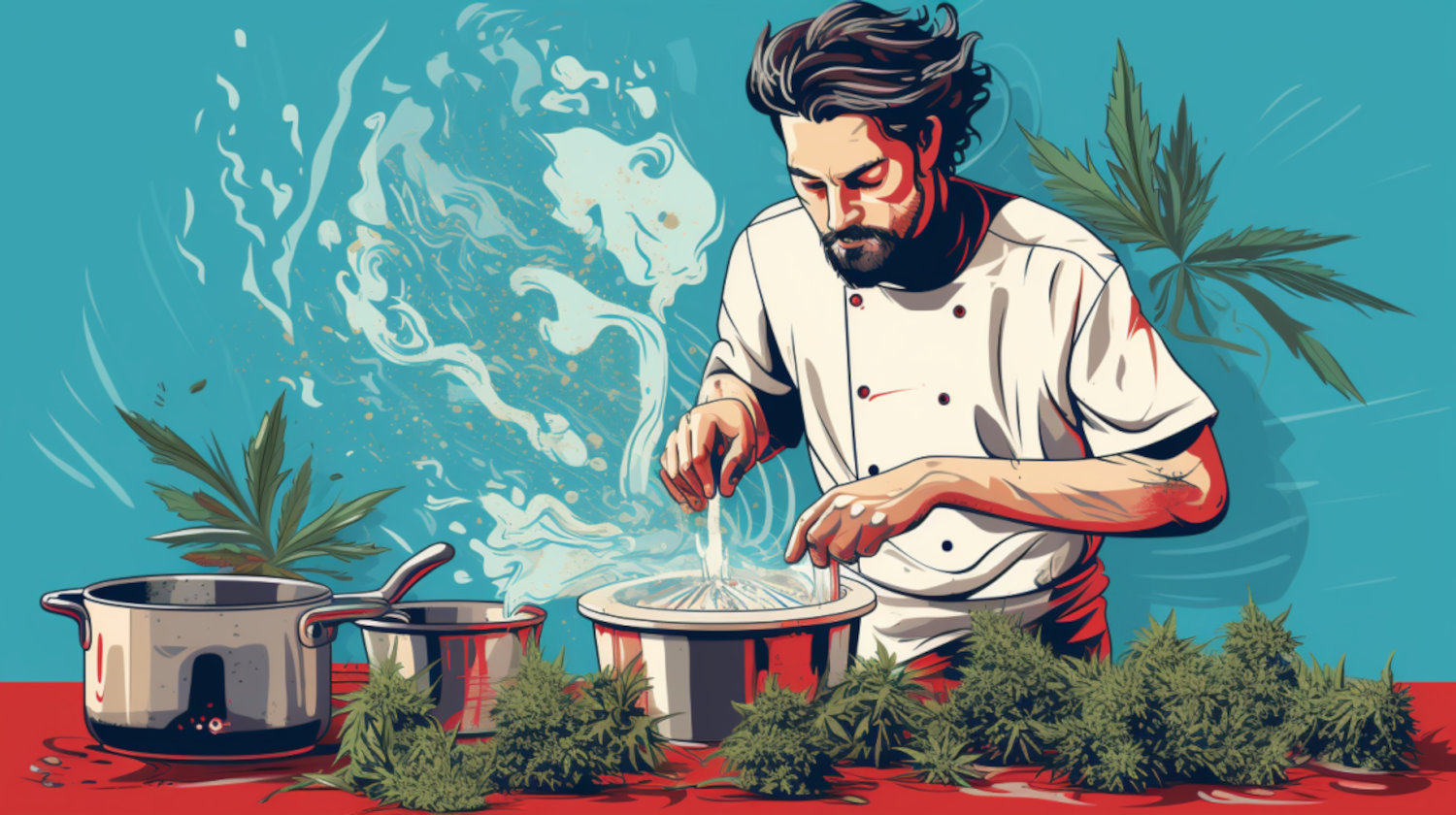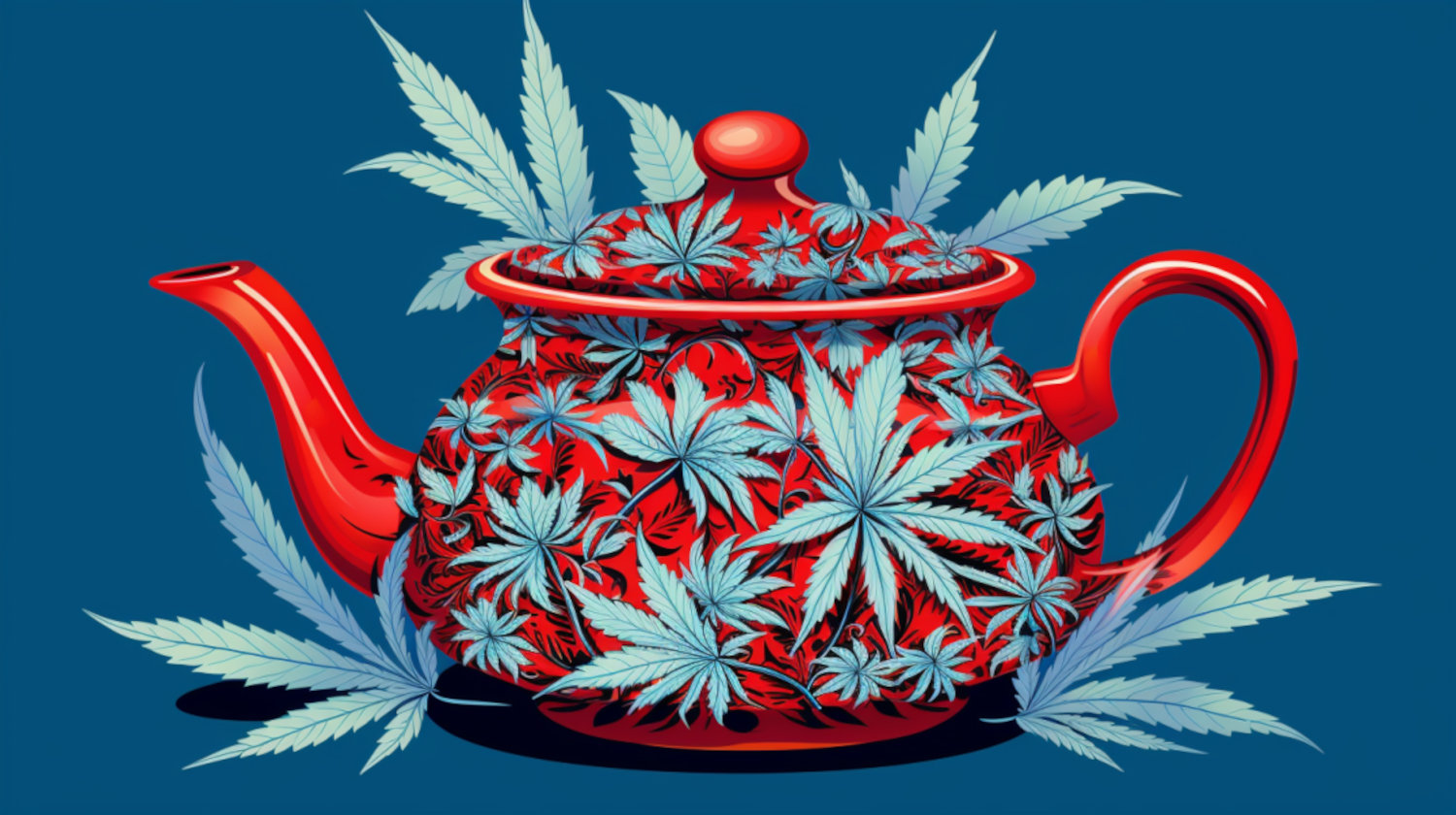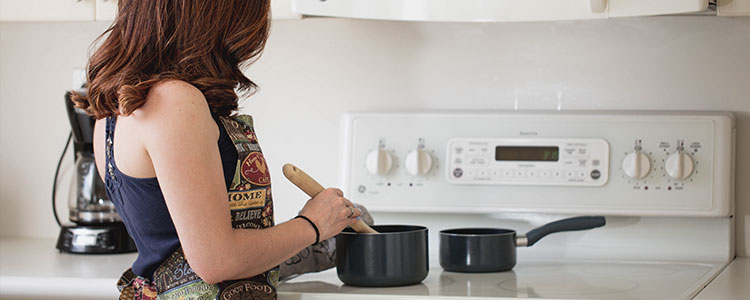Edibles are a long-time favorite of the cannabis community. Consumers enjoy edibles for many reasons, ranging from the often longer-lasting effects to the increased potency.
Thanks to recent production advancements, edibles are now reaching heights unlike ever before. These advancements have made effects set in quicker while improving taste and giving consumers greater access to the types of edibles we want to consume.
While edibles have far more pros than cons in the eyes of the average consumer, one recurring concern – particularly among new consumers or anyone with a lower tolerance – is their increased potency when compared to smoking flower. These consumers can find themselves accidentally consuming more than they meant to.
Avoiding these outcomes is simple enough when using dispensary-bought edibles where you can ration out the piece as you please. But edibles dosing gets a bit more complicated when making your own. Using the right amount of cannabis when making edibles is vital to ensure consistent doses. Otherwise, your at-home concoctions may lack the needed THC (or become far too potent).
Thankfully, edible dosage calculators can take the guesswork out of your next homemade infused dish.
What is An Edible Calculator?
Those looking to step into the more precise world of homemade edible creations may want to use an edible calculator to provide clear answers about cannabis dosing.
Whether you’re a professional chef or you want a little more edible variety than you can find at the dispensary, an edible calculator can help you determine the correct dosage per serving based on the size of the dish and types of ingredients. More specifically, an edibles calculator helps break down the total THC and CBD count for the entire edible and per serving, even going so far as to factor out cannabinoids lost during the cooking process.
Input a handful of data points, like the cannabinoid concentration of the flower you’re using, a few ingredients you’re using, and the number of servings, and the edibles calculator provides a clear look at how much THC and CBD to expect with every plate.
Edibles Dosage Calculator
Use our handy edibles dosage calculator for your next meal. First, calculate the potency of your cannabutter or cannabis oil. Then discover how much THC and CBD is in your dish (total and per serving).
How to Use the Edibles Calculator
Depending on the ingredients you’re using and how much of each ingredient your chosen recipe calls for, getting started with an edible calculator may require a little bit of math. Thankfully, the process can be broken down into a few straightforward steps.
Step #1: Calculate the potency
First, list the total grams of cannabis you’re going to use, then multiply by 1000 to find your total milligrams of cannabis. Make a note of your THC and CBD percentages as well. You can find these data points on packages of dispensary-bought flower or oil. Lastly, include the amount of base (oil or butter) used in the recipe.
Inputting this information into an edible calculator will generate the amount of THC per teaspoon of cannabutter or cannabis oil. If you’re using a pre-made infused base (oil or butter), the potency per teaspoon (or tablespoon) will be provided on the package.
Step #2: Determine the milligrams per serving
Input the teaspoons of cannabis butter or oil used in your recipe. For reference:
- 1 cup = 48 teaspoons = 16 Tablespoons
- 1/2 cup = 24 teaspoons = 8 Tablespoons
Next, input the number of servings you’ll have when done cooking or baking. Cupcakes and brownies may prove easier to determine with divided baking trays. Other meals that aren't as clearly portioned will require a bit of extra planning.
The edible calculator will then divide the number of teaspoons by the number of servings to give you the total milligrams of THC and CBD per serving.
Step #3: Repeat
Double and even triple verify your numbers. Repeat the process until your results are consistent.
Why Use an Edibles Calculator?
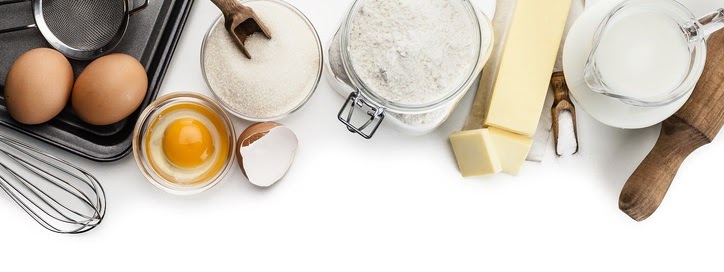
In short, an online edible calculator is a worthwhile tool because they help eliminate dosage uncertainties.
By removing the guesswork, the strength of homemade edibles becomes less ambiguous. Accuracy helps consumers know what is in the product, how it is likely to affect them, and how much they should have given their experience level and tolerance.
A misjudged milligram or two may create an overwhelmingly potent experience – or one that lacks the desired outcome. Either result can mean consumers don’t get the experience they wanted from their homemade products. While there's room for error, specificity is needed to make delicious, well-dosed edibles.
Legal state-licensed edibles are expected to be accurate, effective and consistent – both consumers and state regulators demand it, and failure to do so can result in a company losing its license (or worse). And while at-home chefs and edible enthusiasts aren't as obligated to the rules, edible calculators have made dosage calculations easier than ever. That is especially useful if you’re just starting out with creating infused edibles. By having an accurate measurement, you can prepare infused items confidently, understanding each serving’s potency and expected effects.
With such knowledge, consumers can begin to hone in on the ideal consumption experience for themselves. Having accurate doses per serving helps whether you prefer to macro or microdose. Having a measured dose may also help avoid spikes in cannabis tolerance and the need for higher potency products.
Factors that Affect the Potency of Edibles
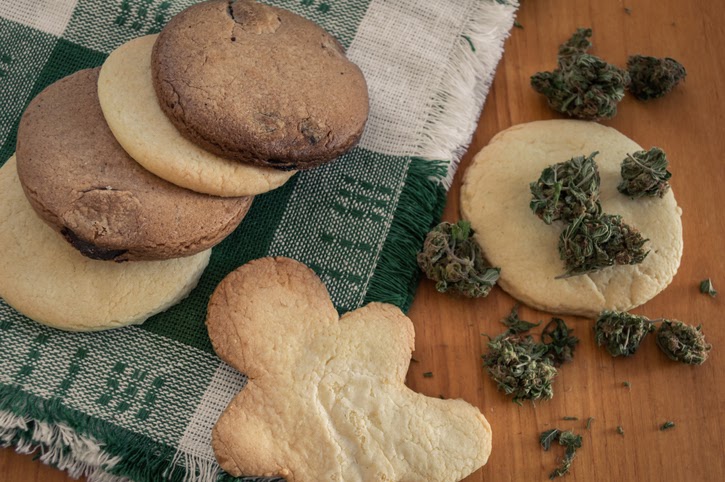
Knowing your personal dosage preference is one of numerous internal and external elements that shape your experience with cannabis. Some or all of the following may determine how significant you will feel the effects:
- Edible Type: Onset times vary depending on the edible consumed. Using an under-the-tongue (sublingual) or nanoemulsion option may produce effects in 5-30 minutes. On the other hand, traditional edibles tend to take 30 to 90 minutes before feeling the effects. With varying onset times, consumers are generally advised to wait two hours before taking a second dose.
- Flower Quality: You must source quality strains if you want quality edibles. Pick a plant containing a robust plant profile full of terpenes and cannabinoids that produce your preferred effects, aromas, and flavors.
- Cannabis Freshness: Seek out adequately dried and cured cannabis, either recently harvested or fresh from the dry freezer. If you can't get fresh flower, at least choose cannabis that's been stored in a cool, dark place in a UV-safe container.
- Decarboxylated: If your raw flower isn't heated or decarboxylated, it will not contain THC. Instead, it will have the precursor THCA, an acid cannabinoid unable to create a "high" sensation.
- Improper Mixing: Getting a balanced dosage across your edible can prove difficult, and uneven mixing is often the culprit. If your cannabutter slides to one side of the baking pan, you may have some brownies with extra THC and others with none.
An edible calculator can add more confidence to your kitchen creations. And remember, even with adequately dosed edibles, there's no need to rush (especially if you're a newcomer to edibles or cannabis). Start with a small dose of 5mg or less at first, and give each serving a full two hours to take effect before going back for seconds. Repeat the process until you reach your preferred level.
The information in this article and any included images or charts are for educational purposes only. This information is neither a substitute for, nor does it replace, professional legal advice or medical advice, diagnosis, or treatment. If you have any concerns or questions about laws, regulations, or your health, you should always consult with an attorney, physician or other licensed professional.

